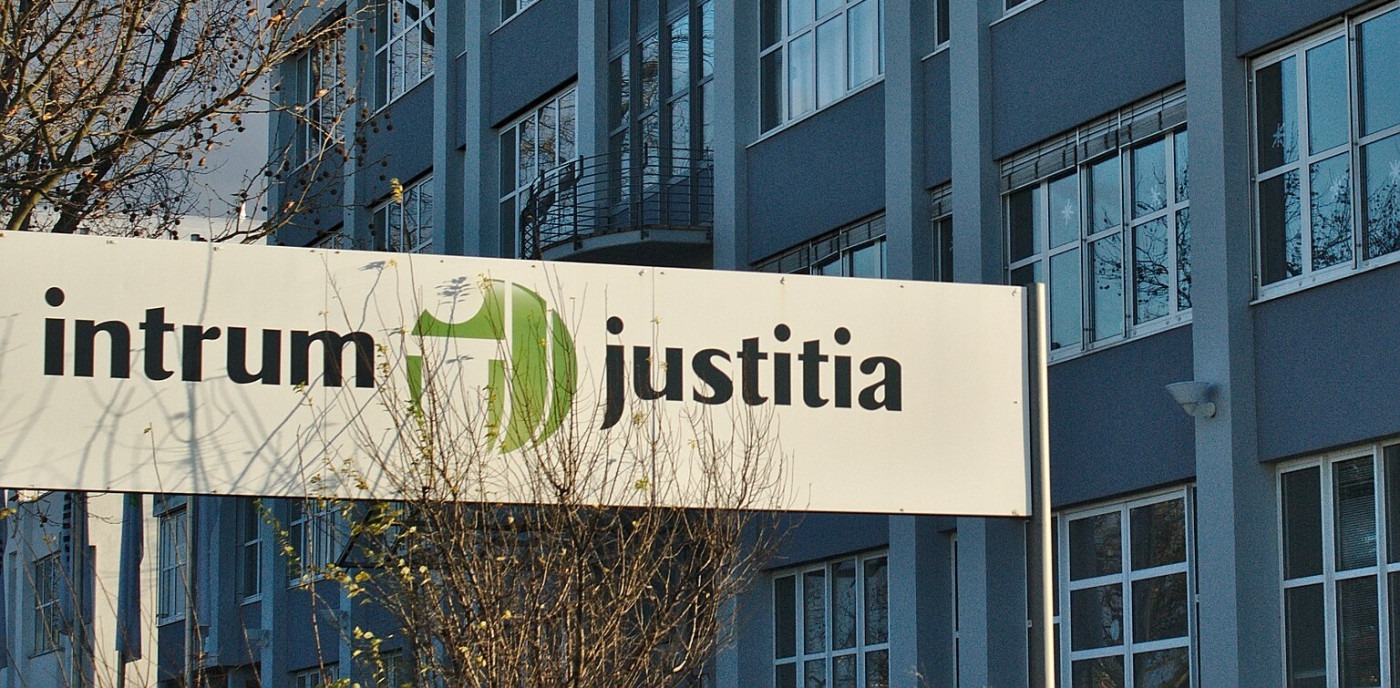Intrum: the debt collector with a debt to pay
Intrum, Europe’s largest debt collector, is undergoing financial surgery. Last month, it successfully filed for Chapter 11 bankruptcy in the US, surviving ongoing battles with its bondholders. It has now survived a credit default swap auction and is on its way to restructure over $5 billion in debt.
The situation is incredibly complex, and many challenges still lie ahead. In December, Intrum agreed terms with a group of debt holders ahead of its US bankruptcy hearing, but this deal subsequently fell through, illustrating the delicate nature of restructuring negotiations. A group of bondholders has filed an appeal against the restructuring, questioning whether Intrum is even in financial distress, as there seem to be no immediate liquidity issues.
Intrum had agreed a bond lock-up agreement with creditors owning approximately 73% of the company’s bonds
Credit default swaps (CDS) are a type of derivative that act as insurance against a reference entity’s credit risk, in this case Intrum. CDS auctions are the main settlement process for CDS contracts to compensate owners of insurance. Compensation can either be physical, such as exchange of bonds for full face value, or cash, equivalent to loss in bond value.
Filing for Chapter 11 bankruptcy constituted a credit event – a negative change in Intrum’s ability to pay its debt. Upon triggering a credit event, a CDS credit event auction was scheduled and held in mid-January to settle payouts. For the Intrum auction, the closing price was set at 76 cents on the euro, leading to a 24% payout and a total payout of over $90 million. Key CDS owners included J.P. Morgan and Millennium, and key sellers included Arini Capital Management. Prior to the auction, Intrum had agreed a bond lock-up agreement with creditors owning approximately 73% of the company’s bonds, reducing the number of bonds available for exchange at the auction.
How did Intrum end up here? Intrum AB is a Swedish-based credit management services company. It operates in 20 countries, with 80,000 clients and a market cap of over €3 billion. Intrum makes money in two main ways: collecting debt payments for clients such as banks, and through owning ‘non-performing loans’ (NPL).
In theory, Intrum, in contrast to most other businesses, would benefit from a tightening of credit conditions and slowing economic growth. If the average consumer is under more pressure, there are more loans for Intrum to collect on. Sluggish economic growth also means more bad loans for the company to buy. Indeed, debt collectors benefitted massively from the post-GFC sell-off of bad loans and from the regulatory pressure on banks owning risky assets. However, in the last few years, despite a pandemic and higher interest rates, there has been no major rise in loan defaults.
Intrum is aiming to shed more of its bad loan ownership, refocusing on its core business of debt collection
Intrum also borrowed a lot to grow, relying on low interest rates. Most notable was its debt-funded merger in 2017 with Lindorff, creating large cost synergies and expanding into the business of owning bad-loan portfolios. It gets increasingly harder to collect debt as loans get older, and so Intrum kept buying more bad loans, which was easier to do when interest rates were low. In summary, there is less potential revenue due to fewer NPL portfolios to buy, but higher costs due to higher interest rates.
In 2024, the company focused on offloading parts of its NPL portfolio to improve its balance sheet. In a deal with Cerberus, Intrum agreed to sell over 10,000 portfolios for over €1 billion, helping the company begin a shift to a “capital-light investment manager”, according to CEO Andrés Rubio.
Looking forward, Intrum is aiming to shed more of its bad loan ownership, refocusing on its core business of debt collection, as opposed to being a balance-sheet-heavy business. With few short-term positive signals for the European economy, more loans will potentially become non-performing, giving the struggling debt collector a helping hand. It will be interesting to see if Intrum can convince the market of its reorganisation strategy going forward, but it does show that – even in the face of significant debt – companies can find ways forward.

Comments (1)
From experience, badly run. Check the disaster that is Intrum Uk. Top staff leaving and now nass redundancies. A sell off doon?